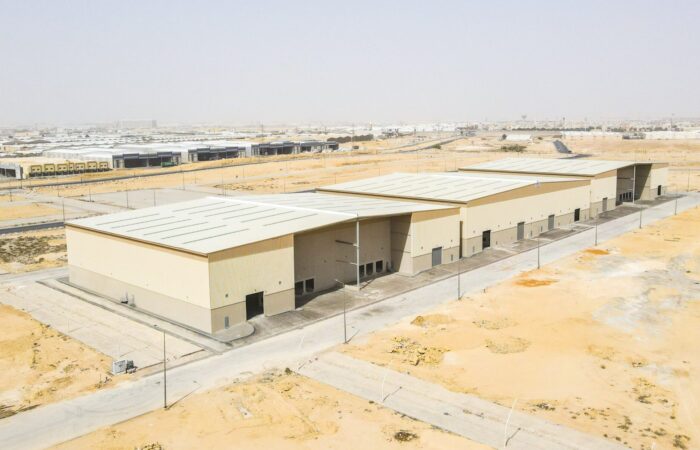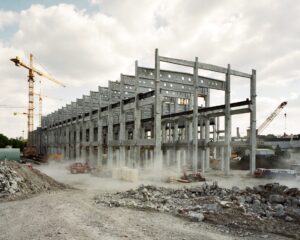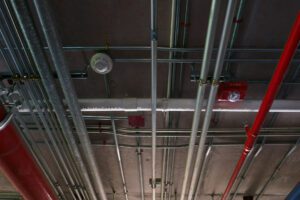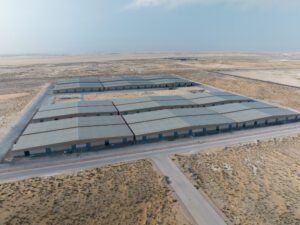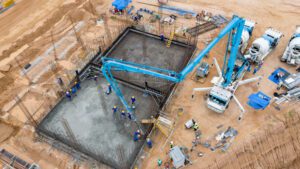Many individuals nowadays use their computers to do all of their shopping and supply orders. Online buying is becoming more common due to the convenience of next-day or even same-day shipping.
The expanding economy calls for the construction of more warehouses. Technology has also made remote work more practical. Some company owners might benefit from having less physical stock and more virtual storage capacity.
Eco-friendly modifications to these structures
The warehouse building is on the rise as a result of expanding economic activity and customer demand. The construction industry may benefit from keeping an eye on the following sustainable practices.
Step One: Decide on a Desirable Spot
Warehouses’ environmental effects may be affected by their locations. Having distribution facilities in metropolitan zones may limit mobility in and out of the building, which in turn reduces the amount of energy consumed for transportation in the construction sector.
Find a spot that’s convenient for getting to major roads and airports, since this will cut down on your carbon footprint.
When this happens, workers will be able to depend more on public transit and have shorter commutes to and from work. Having everything in one place eliminates the need for energy- and greenhouse gas-intensive infrastructures like water pipes and utility lines.
Step Two: Use Ventilation Fans
More vast warehouses may need more powerful cooling and heating systems. To mitigate the energy consumption of conventional HVAC systems, however, high-volume fans may be useful.
Inefficient systems are more prone to malfunctions and higher electricity costs, so it’s important to do routine maintenance and inspections to keep everything working smoothly.
Inspecting for heat loss or gain is another option for stabilizing the situation. Scan the walls using an infrared imaging system to identify problem spots.
Step Three: Construct using environmentally appropriate materials
Make use of paints, adhesives, and sealants that emit less toxic chemicals into the environment. Having them installed is another way to enhance the quality of air within a room. Also, try to choose paints that have minimal levels of volatile organic chemicals.
Useful eco-friendly materials include stone, bamboo, and cork. Insulation is another crucial piece of advice since it may stop energy from escaping and maintain a comfortable temperature in the room.
However, you need to find out what the optimal thermal performance, or R-value, is for your region!
Step Four: Cool Roof
The temperature inside the warehouse may be reduced by installing a cool roof. In the warmer months, the air conditioner won’t have to work as hard to keep the house cool. Use reflecting materials of a light tint to construct this style of roof.
Painting the ceiling white has the added benefit of making it reflect sunlight rather than absorbing it.
Step Five: Reduce the Consequences of Water Shortage
Water is essential for human survival, used in agriculture and hygienic practices throughout. Rainwater harvesting and the use of sensors to track water use are two strategies for reducing water waste.
Put money into low-flow sinks and toilets to save money and help the environment. Expand the existing infrastructure to include stormwater drains. These blocks the flow of water into municipal stormwater fields and ponds.
Take Away
Warehouses are in more demand as a result of rising demand and internet sales. For this reason, it is crucial to think about how to make them more long-lasting. It is crucial to choose an appropriate site and implement energy-saving measures.

